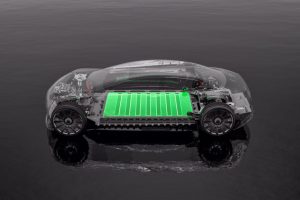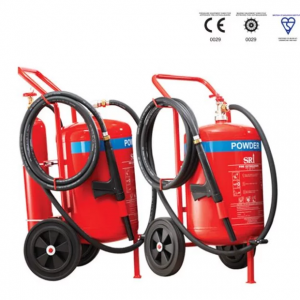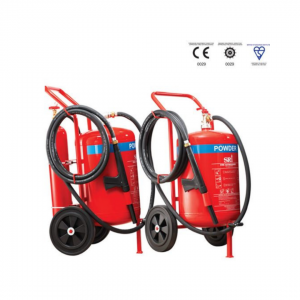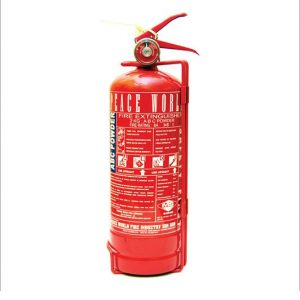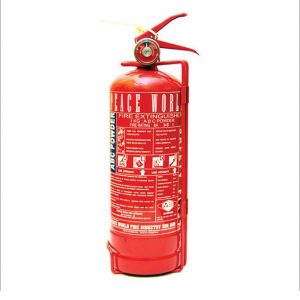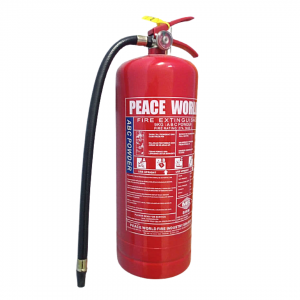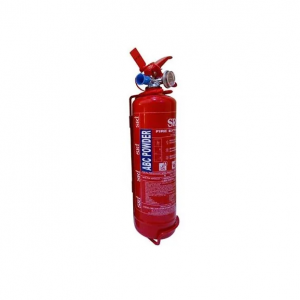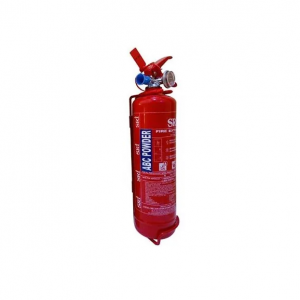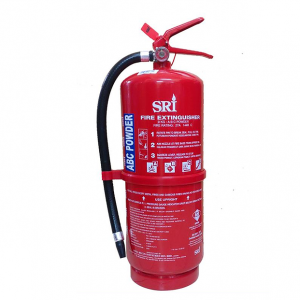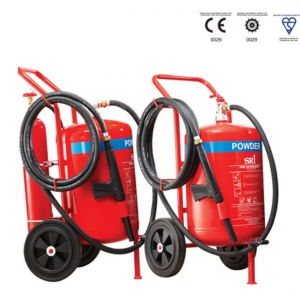Data centers are the lifelines of today’s digital world, housing critical information and infrastructure. Fire safety in these facilities is paramount, and choosing the right fire suppression system is essential to protect valuable assets. In this article, we’ll delve into the world of data center fire suppression and explore three effective types of systems designed to safeguard these high-tech environments.
1. Inert Gas Fire Suppression Systems: Preserving Precious Data and Equipment
Inert gas fire suppression systems are gaining popularity in data centers due to their ability to extinguish fires without causing collateral damage. These systems rely on the principle of reducing oxygen levels to a point where combustion cannot occur. Nitrogen, argon, or blends of gases are released to create an environment where fire cannot thrive. In a data center, where sensitive electronic equipment is at stake, these systems offer a valuable solution.
Advantages of Inert Gas Systems:
– Minimal residue, ensuring minimal equipment damage and easier cleanup.
– Swift suppression to minimize data loss and downtime.
– Suitable for occupied spaces, ensuring personnel safety.
– Non-toxic to humans, providing added safety.
2. Water Mist Fire Suppression Systems: Cooling Flames and Preventing Damage**
Water mist fire suppression systems harness the power of fine water droplets to suppress fires. By breaking down water into small droplets, these systems effectively cool the flames and lower the temperature, extinguishing the fire. This approach is ideal for data centers, where traditional water-based systems might pose risks to sensitive electronics.
Advantages of Water Mist Systems:
– Effective suppression across various fire types, including electrical fires.
– Reduced water usage minimizes equipment damage and potential downtime.
– Applicable to both critical IT areas and surrounding spaces.
– Leaves less residue, reducing post-suppression cleanup efforts.
3. Pre-Action Fire Suppression Systems: Ensuring Controlled Fire Response
Pre-action fire suppression systems offer a unique approach by combining fire detection and suppression mechanisms. They involve a two-step process, where the system first detects a fire and then releases water or fire-retardant foam only when a sprinkler head is triggered. This controlled approach is crucial for protecting data centers, where false discharges could lead to substantial losses.
Advantages of Pre-Action Systems:
– Minimized risk of accidental discharges, safeguarding equipment and assets.
– Dual-layered protection through fire detection and activation stages.
– Tailored to specific fire hazards and risk profiles.
– Suitable for areas with sensitive equipment or water damage concerns.
Data center fire suppression is not a one-size-fits-all solution. Each type of system has its unique advantages, making it crucial to assess the data center’s layout, equipment, and potential risks. Inert gas systems excel in preserving electronics, water mist systems effectively cool and suppress flames, and pre-action systems offer controlled protection. By understanding these options, data center operators can make informed decisions to ensure the safety and security of their invaluable assets while complying with stringent fire safety standards.


